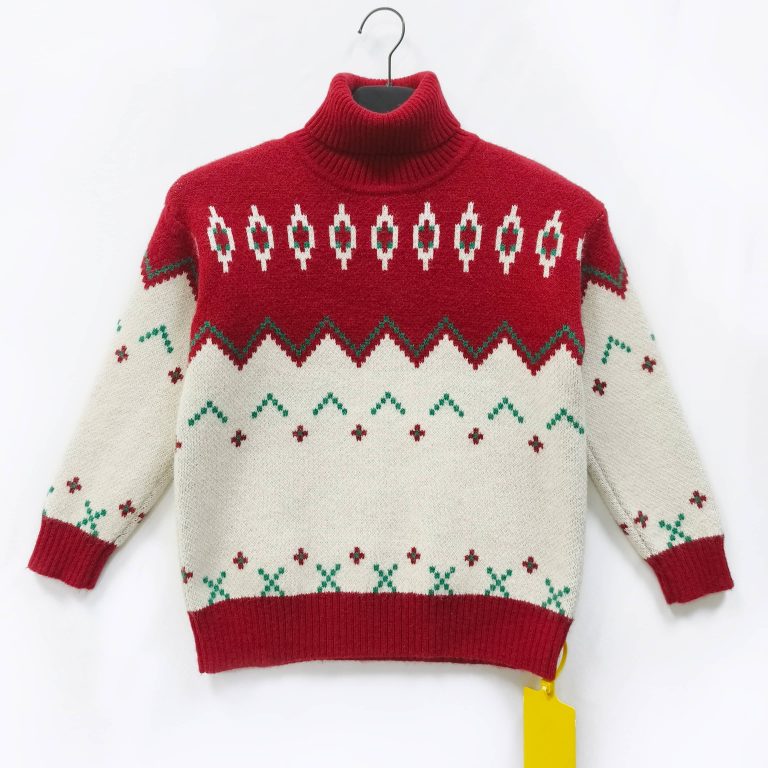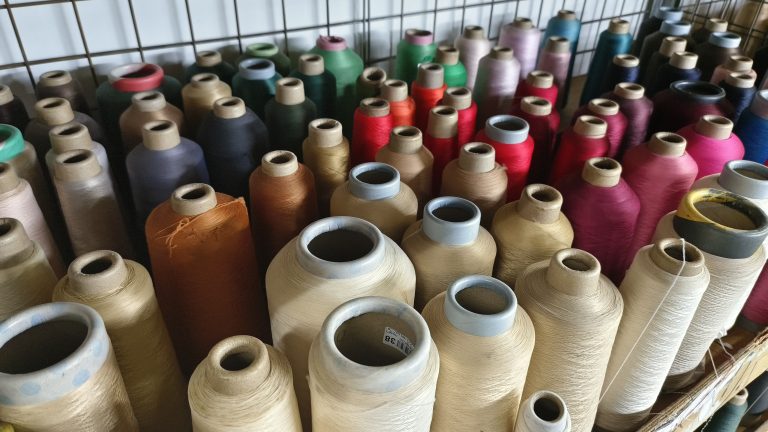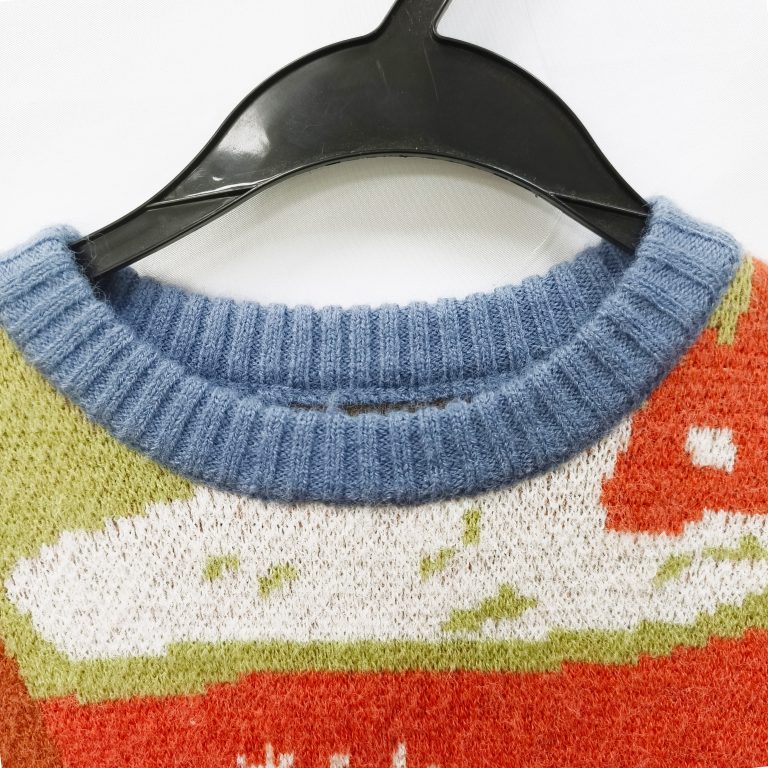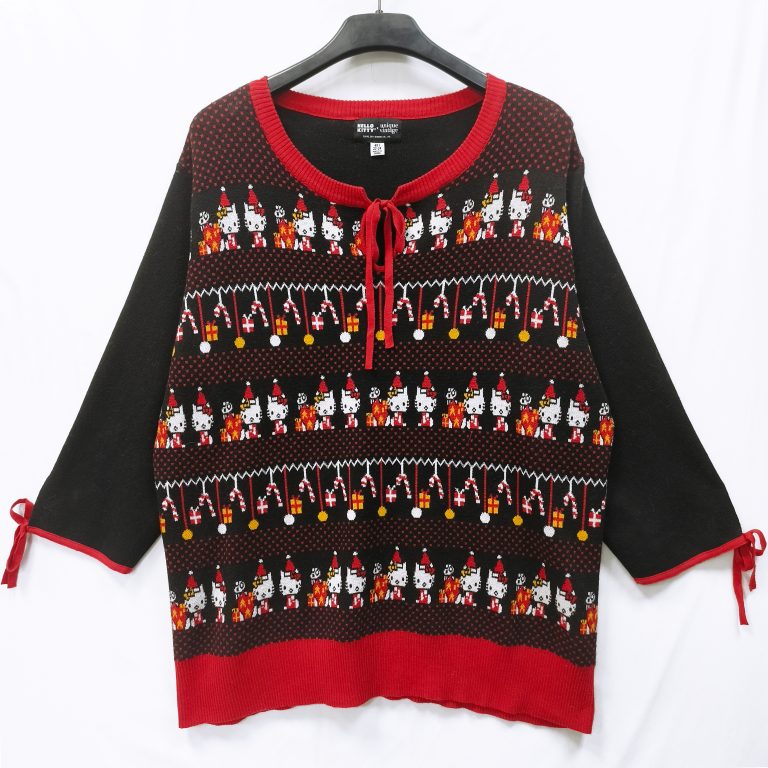Introduction
Fabrics of sweaters are an important factor to consider when shopping for a new sweater. Sweaters come in a variety of fabrics, each with its own unique characteristics and benefits. From lightweight cotton to luxurious cashmere, there is a fabric to suit every style and budget. In this guide, we will explore the different types of fabrics used in sweaters, their advantages and disadvantages, and how to care for them. With this knowledge, you can make an informed decision when selecting the perfect sweater for your wardrobe.
The Latest Trends in Sweater Fabrics and Styles
The fashion industry is constantly evolving, and sweaters are no exception. While some may argue that the latest trends in sweater fabrics and styles are revolutionary, a more skeptical view reveals that the changes are often subtle and incremental.
In terms of fabrics, wool is still the most popular choice for sweaters. However, there has been a shift towards more lightweight and breathable fabrics such as cotton and linen. These fabrics are often blended with wool to create a more comfortable and breathable garment. Additionally, synthetic fabrics such as polyester and acrylic are becoming increasingly popular due to their affordability and durability.
In terms of styles, the classic crew neck and V-neck sweaters remain popular. However, there has been a shift towards more relaxed fits and oversized silhouettes. Additionally, there has been an increase in the use of bold colors and patterns, such as stripes and plaids. These styles are often paired with more subtle colors and textures to create a unique and eye-catching look.
Overall, while the latest trends in sweater fabrics and styles may appear to be revolutionary, a more skeptical view reveals that the changes are often subtle and incremental. Nevertheless, these changes have allowed for more comfortable and stylish garments that can be worn in a variety of settings.
The Benefits of Wearing a Sweater Made from Natural Fibers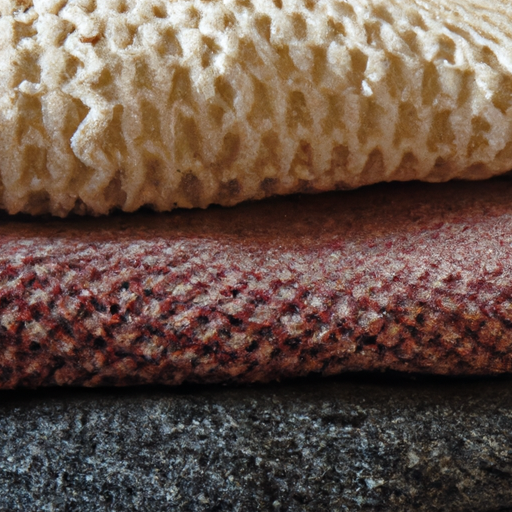
The purported benefits of wearing a sweater made from natural fibers have been widely touted in recent years. While some may argue that these garments are more comfortable and breathable than their synthetic counterparts, the evidence to support these claims is far from conclusive.
Proponents of natural fiber sweaters often cite their superior breathability and comfort as the primary benefits of wearing them. However, research has yet to demonstrate that these garments are any more breathable than synthetic materials. In fact, some studies have found that synthetic fibers can be just as breathable as natural fibers, depending on the type of fabric used. Furthermore, the comfort of a sweater is largely subjective and can vary greatly from person to person.
Another benefit often cited is that natural fibers are more environmentally friendly than synthetic materials. While it is true that natural fibers are biodegradable, the production of these materials can still have a significant environmental impact. For example, the production of cotton requires large amounts of water and energy, and the use of pesticides and fertilizers can have a negative impact on the environment.
In conclusion, while some may argue that natural fiber sweaters offer superior comfort and breathability, the evidence to support these claims is far from conclusive. Furthermore, the environmental impact of producing these materials should not be overlooked. Therefore, it is important to consider all of the factors before making a decision about which type of sweater to purchase.
The Different Types of Fabrics Used to Make Sweaters
Sweaters are a popular item of clothing, often worn during the colder months of the year. However, the type of fabric used to make sweaters can vary greatly, and this can have a significant impact on the comfort, durability, and style of the garment. While some fabrics may be more suitable for certain types of sweaters, there is no single fabric that is best for all sweaters. In this article, we will explore the different types of fabrics used to make sweaters and discuss their advantages and disadvantages.
The most common fabric used to make sweaters is wool. Wool is a natural fiber that is both warm and durable, making it an ideal choice for sweaters. It is also relatively easy to care for, as it can be machine washed and dried. However, wool can be expensive and may not be suitable for those with allergies.
Cotton is another popular fabric used to make sweaters. Cotton is lightweight and breathable, making it a great choice for warmer climates. It is also relatively inexpensive and easy to care for. However, cotton is not as durable as wool and may not be suitable for colder climates.
Synthetic fabrics such as acrylic, polyester, and nylon are also used to make sweaters. These fabrics are often less expensive than natural fibers and can be machine washed and dried. However, synthetic fabrics are not as breathable as natural fibers and may not be as comfortable to wear.
Finally, cashmere is a luxurious fabric often used to make sweaters. Cashmere is incredibly soft and warm, making it a great choice for cold climates. However, cashmere is also expensive and may not be suitable for those on a budget.
In conclusion, there are a variety of fabrics used to make sweaters, each with its own advantages and disadvantages. When choosing a fabric for a sweater, it is important to consider the climate, budget, and desired level of comfort.
Sweater fabric used in different seasons
Sweater fabrics are often touted as being suitable for all seasons, but this claim is highly dubious. While certain sweater fabrics may be lightweight enough to be worn in warmer months, they are not necessarily designed to keep the wearer cool. Furthermore, heavier sweater fabrics may be too warm for summer months, leading to discomfort and even overheating. In addition, the insulation properties of sweater fabrics may be inadequate for colder months, leaving the wearer exposed to the elements. Ultimately, it is best to consider the specific fabric and climate when deciding whether to wear a sweater in a particular season.


